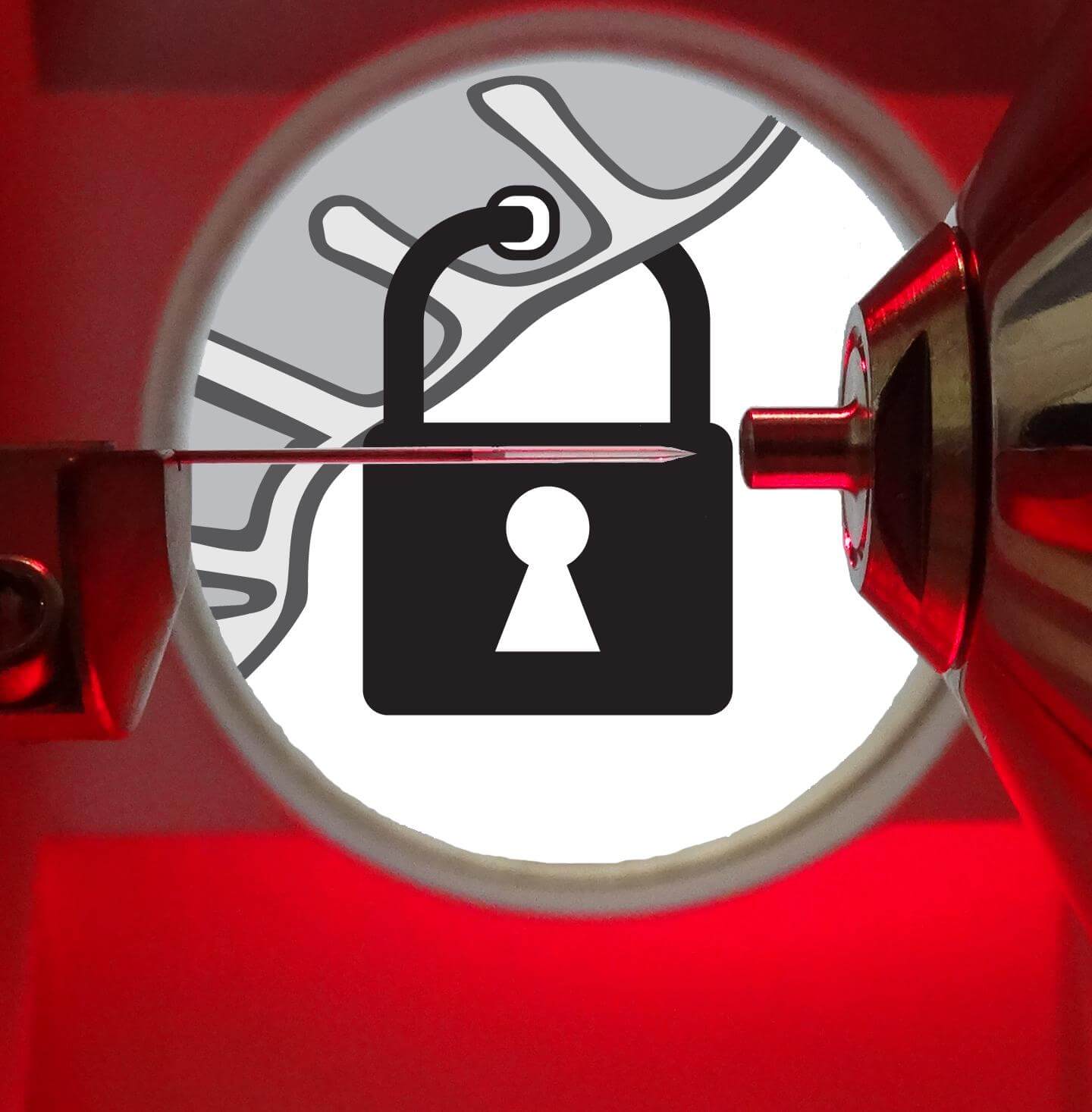



A team of researchers led by Bettina Warscheid, Ph.D., from the University of Freiburg and André Schneider, Ph.D., from the University of Bern has developed a method called “ImportOmics” that enables scientists to determine the localization of proteins that are imported via specific entry gates into cellular organelles.

Knowing the exact localization of individual proteins, the route they take to reach their destination, and the overall composition of cellular compartments are important for understanding fundamental mechanisms of cell biology as well as the disease mechanisms that rely on defective cellular functions. The study (“Charting Organellar Importomes by Quantitative Mass Spectrometry”) appears in Nature Communications.
The Medicilon analytical chemistry team is equipped with a variety of advanced analytical instruments and equipment, such as NMR, LCMS, HPLC, SFC, etc., to provide professional analysis and separation and purification services for the drug development process.
The research team developed the method to define the mitochondrial protein inventory of the single-cell parasite Trypanosoma brucei, which contains a single mitochondrion surrounded by two membranes and houses more than a thousand proteins. The exact protein composition, however, has not yet been established. The majority of these proteins are synthesized in the cytosol and need to cross the outer membrane of the mitochondrion before they are sorted to their final destination.
To this end, the outer membrane is equipped with a central gate, the so-called archaic translocase of the mitochondrial outer membrane (ATOM). The scientists exploited this gate to define the entirety of the mitochondrial proteins imported from the cytosol. They engineered cells to express reduced levels of ATOM40, the pore-forming component of the ATOM complex, thereby blocking the protein import into the mitochondrion.
The research team used quantitative mass spectrometry to compare the levels of proteins in mitochondria with defective and with undisturbed protein import. As a result, the scientists identified 1120 proteins, including more than 300 proteins that, so far, had not been associated with the mitochondrion of the parasite.
“[Our] method allows for the identification of proteins with dual or multiple locations and the substrates of distinct protein import pathways,” write the investigators. “We demonstrate the specificity and versatility of this ImportOmics method by targeting import factors in mitochondria and glycosomes, which demonstrates its potential for globally studying protein import and inventories of organelles.”
 Relevant
news
Relevant
news